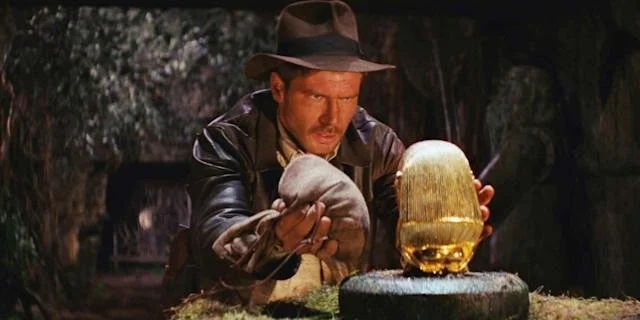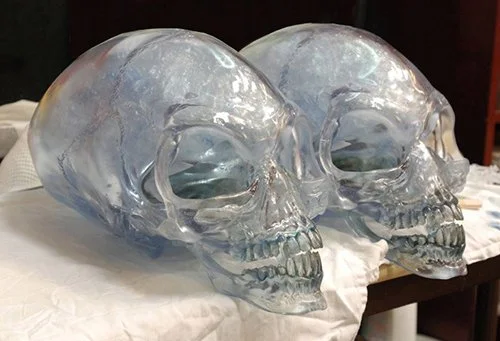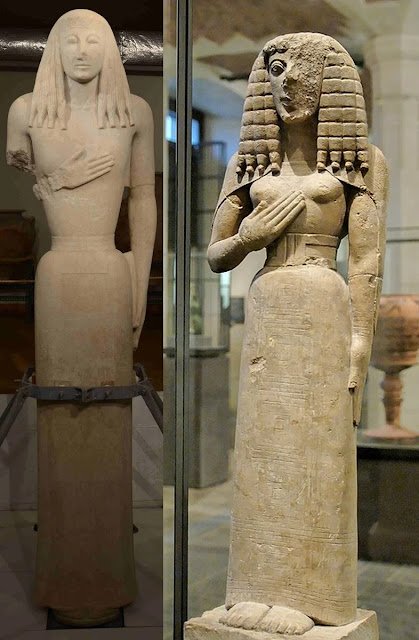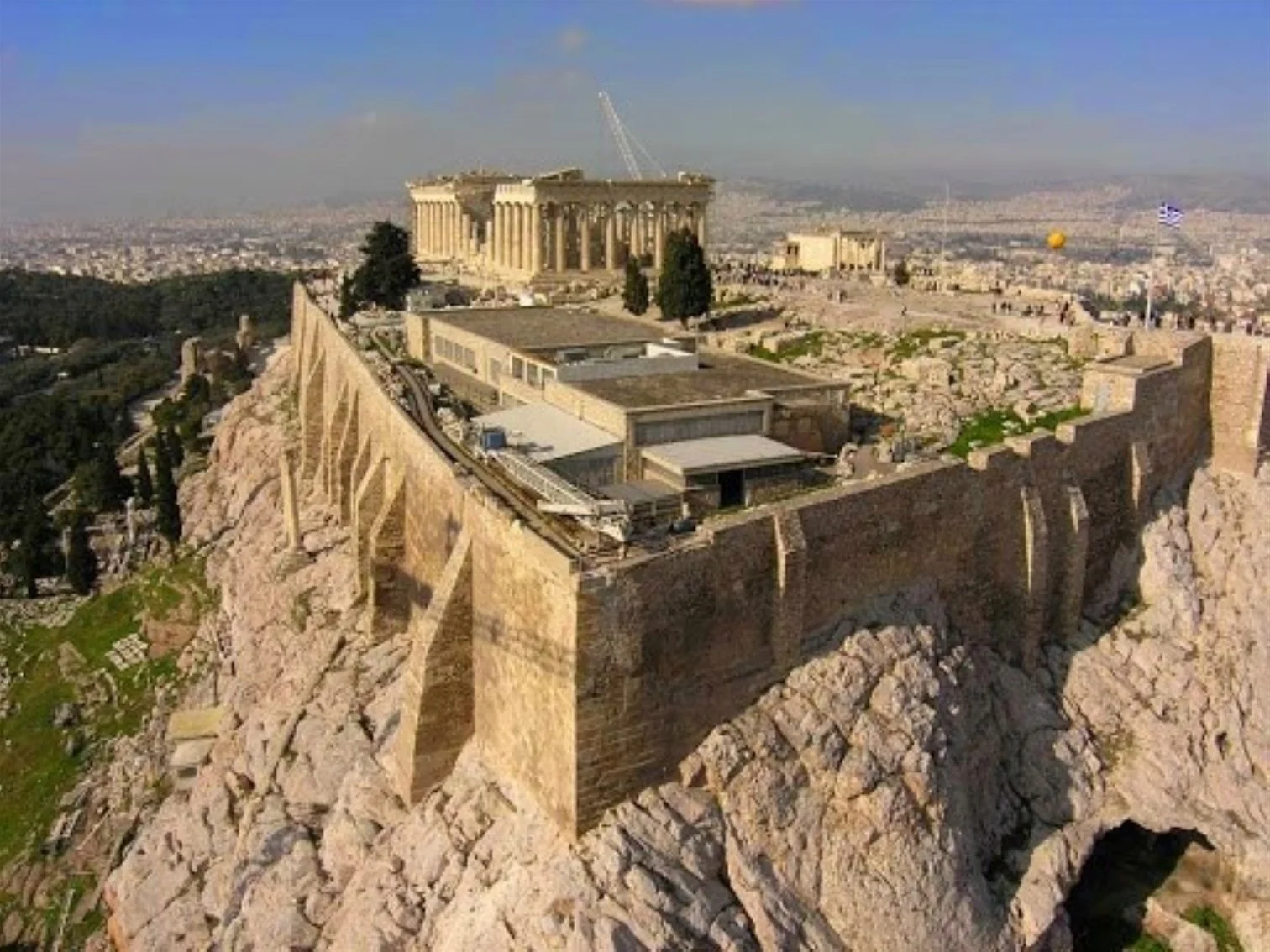The Mystery
"The skull that arrived at the Smithsonian represents a different generation and I believe it was made in Mexico shortly before it was sold. Today it is in the Smithsonian National Collections, catalog number 409954, and right now it is kept in a locked cabinet in my office," says anthropologist Jane MacLaren Walsh, who started the research. But even today, various collectors bring her crystal skulls with alleged origins in Mexico, Guatemala, Brazil and even Tibet. Some of them are made of simple glass and others of resin.
"The truth behind the construction of the skulls may have been laid to rest by Boban, this master dealer of many hundreds of pre-Columbian works, including eventually all five different crystal skulls now buried in museums," she says. "Boban managed to baffle many people over many years and leave a mystery that endures a century after his death," she concludes.
Conspiracy Theories
In the age of the Internet, crystal skull enthusiasts have developed their own discussion community, which includes some of the most incredible myths about the origin of these objects. Others claim that they come from a distant galaxy and were brought to Earth by aliens. Others believe that they were located on a lost continent (Atlantis is suspected). Some more... grounded people believe they are 100,000 years old. And of course, they all believe they have supernatural powers.
A more complex myth speaks of 12 skulls stored in a great Olmec pyramid, from where they were passed on to the Maya and the Aztecs and then were scattered everywhere. Of course, all skulls could eat and speak, and when brought together, received special powers. So be careful, because when they are lined up on the last day of the Mayan calendar, December 21, 2012, the earth will stop moving!
According to these - and many others - you can understand the fears of Indiana Jones, who has to get his hands on a crystal skull from Peru. In this case, however, it is not the aliens who are hunting him, but Russian agents (at the time of the Cold War). The Russian Communist Party was not pleased to be playing the villain once again. "The film shows Russians running up and down America looking for crystal skulls," protested a party representative. And if you look at it realistically, of course, they are right. Except that this is cinema and fairy tales at their best.
But if you characterize the Russians as exaggerated, what can you say about the Americans who declared Harrison Ford - Indiana Jones a member of the Archaeological Institute of America? After all, if a fake scientist "sells" so well, why not fake crystal skulls?
Myth under collapse
Fake? Obviously. But why do they remain in the foreground and why do some museums continue to exhibit them, although their lack of an archaeological context is undeniable, while on the contrary their aesthetic and technical problems cannot be hidden? Thus, the British Museum can recognise that they are forgeries, but not, for example, the National Museum of Mexico, which considers them genuine Mayan and Aztec works.
The fact is that crystal skulls do not reflect the art of the ancient civilizations of Central America. In fact, they were almost always made of basalt, sometimes covered with stucco, and probably all painted. They were usually attached to walls or altars and sometimes depicted some deities in relief.
As for the carving, they were coarser than the crystal skulls, but had more naturalistic elements, especially in the representation of the teeth. They were made of limestone, but also of gold. The Maya carved them in profile, representing the days of their calendar.
So the French and other Europeans may have thought they were buying great pre-Columbian artwork by associating them with Aztec human sacrifices, but the Aztecs did not hang crystal skulls around their necks! Instead, they displayed the skulls of sacrificed humans that had previously been pierced horizontally through the temporal region rather than vertically.
In addition, special examination of the skulls at the British Museum and the Smithsonian Museum by scientists Jane MacLaren Walsh, Margaret Sachs, and Ian Freestone has shown that they were probably made with a tool using a rotating disk of copper or similar metal. Did the Aztecs and Maya have a spinning wheel? No, say the scientists, especially since analyzes of original works have shown that they were made with wooden and stone tools.






























